Question
Consider; Last unit, you produced a Relational Data Model from and ER Diagram. This unit, we will finally create a real Relational Database using Microsoft
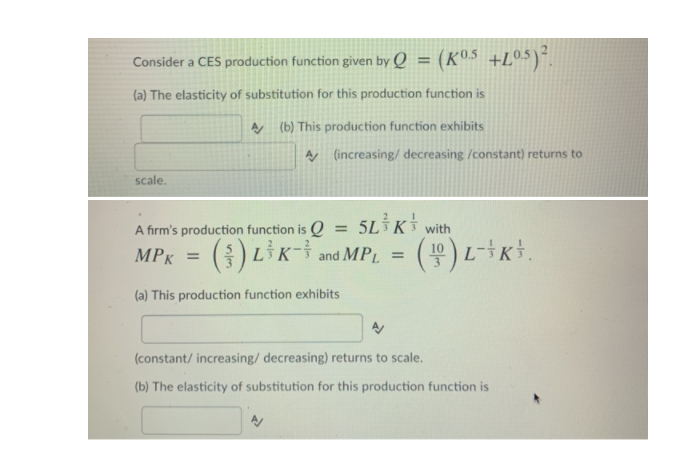

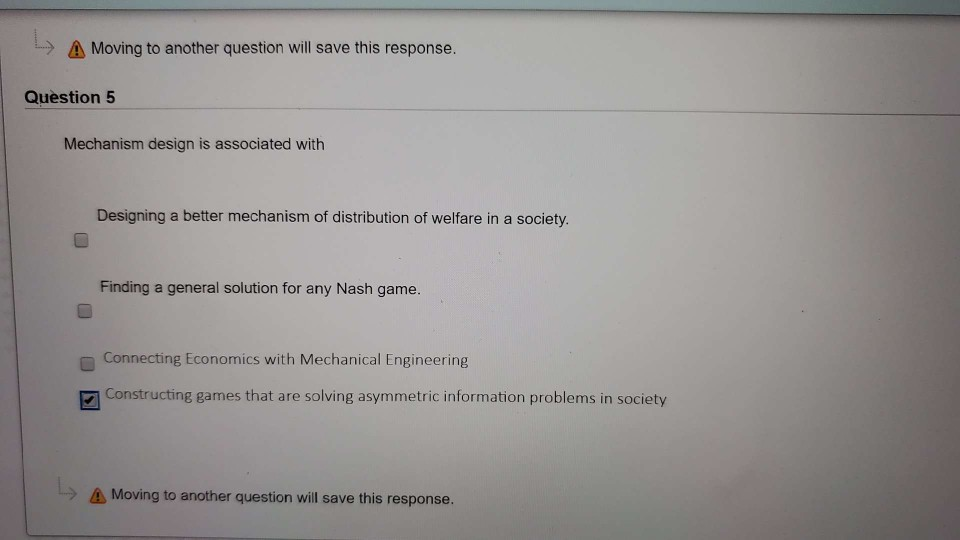
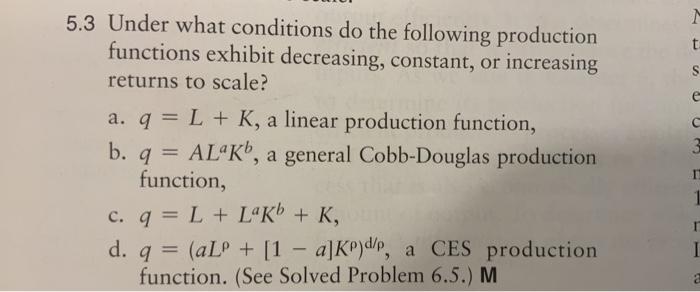
Consider;
Last unit, you produced a Relational Data Model from and ER Diagram. This unit, we will finally create a real Relational Database using Microsoft Access. You are given a new Relational Data Model at the end of this assignment. Once again it represents a slightly different scenario from last week. In particular, the differences are as follows:
A major change is that the course Offerings table has been de-normalized and it incorporates the contents of the Records Table. The Offerings table now keeps the StudentID and grade of all students who took an offering.
For brevity, the field for Initials was eliminated in Faculty and Student tables.
Faculty table contains numeric fields for Years-of-tenure and Salary instead of Office and Phone-No.
Student Associations went back to be advised by a Faculty member, but only one Faculty Member.
Use the given Relational Data Model below to create a Microsoft Access database with the following considerations:
Within the Microsoft Access database, create one table for each of the tables in the Relational Data Mode. Use the same names for tables and fields as prescribed in the Relational Data Model. Declare all text fields as TEXTs, and use integer or decimal values when appropriate. You have discretion on the sizes of the fields. Give every table their corresponding primary key.
Define every foreign key relation between tables as prescribed by the Relational Data Model.
After defining all the tables and relationships, fill the tables with complete and valid records. You are free to use real or invented data that make sense for the tables. The Faculty and Student tables should include information for at least 7 faculty members and 7 students. The Course table should include information for at least 10 courses. All courses should be offered at least once in some combination in Fall, Spring and Summer semesters. All courses should have at least one student and every student should have registered in at least 1 course every semester and have a grade for the course. There are at least 2 Student Associations and each student should belong to at least one of them.

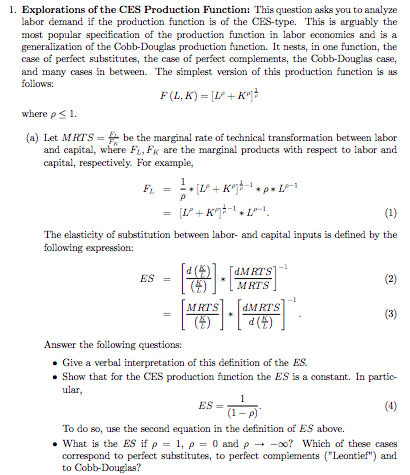
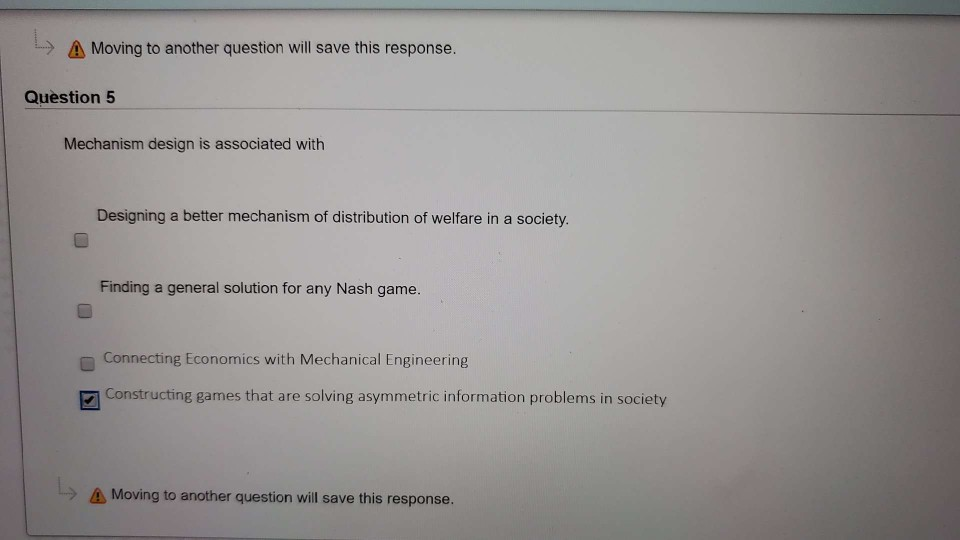
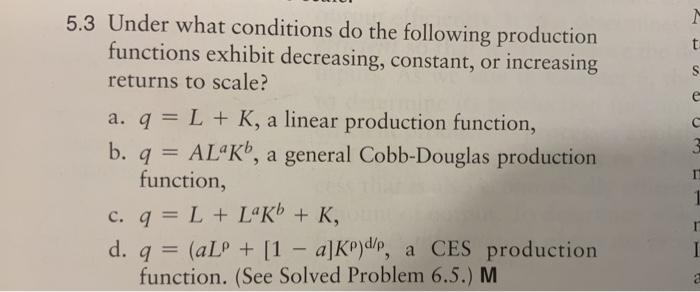
Step by Step Solution
There are 3 Steps involved in it
Step: 1

Get Instant Access to Expert-Tailored Solutions
See step-by-step solutions with expert insights and AI powered tools for academic success
Step: 2

Step: 3

Ace Your Homework with AI
Get the answers you need in no time with our AI-driven, step-by-step assistance
Get Started


